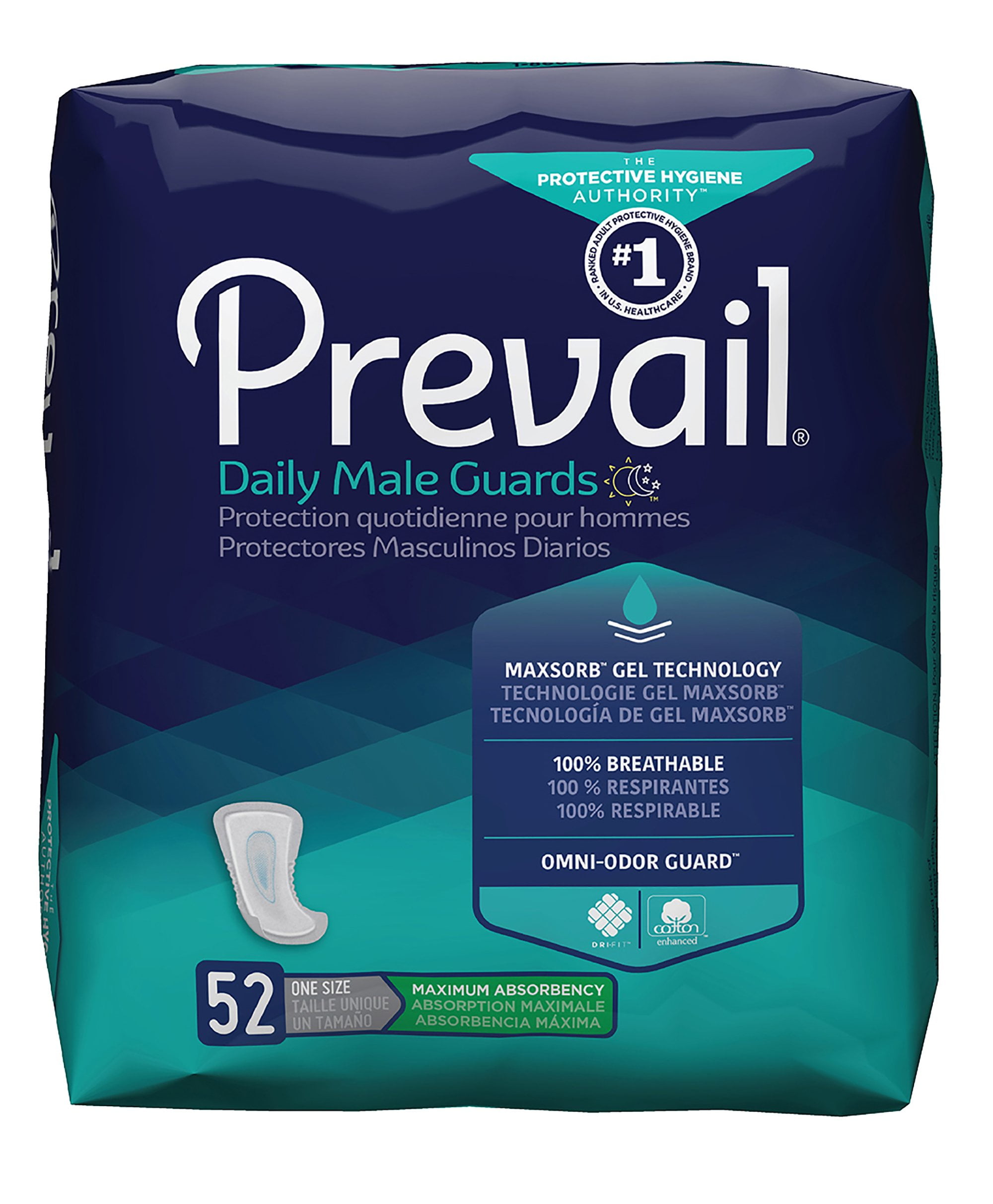
September 3, 2024
Extensive Guide To Taking Care Of Urinary Incontinence In Females: Solutions & Assistance


Comprehensive Guide To Taking Care Of Urinary Incontinence In Females: Options & Support Bladder outlet obstruction can be brought on by external compression by stomach or pelvic masses, urethral strictures, and pelvic body organ https://us-east-1.linodeobjects.com/5ghb9bmaj7etny/Vaginal-health/oxybutynin/urinary-incontinence-after-giving-birth-therapy-gyn-femaless.html prolapse, to name a few reasons. Prompt incontinence is the involuntary leakage of pee that might be come before or gone along with by a sense of urinary necessity (however can be asymptomatic also) as a result of detrusor overactivity. The contractions might be triggered by bladder irritation or loss of neurologic control. The problem might be brought on by detrusor instability, over active bladder, or neurological problems such as stroke, Parkinson illness, or numerous sclerosis. Please see StatPearls' buddy source, "Prompt Incontinence," for more details.
Guys And Coping Methods
Pertaining to UI types, 558 (36.2%) females offered symptoms conforming with a UI anxiety pattern, 334 (21.7%) ladies with a seriousness pattern, and 243 (16.1%) with a combined pattern. The various other 26% of ladies did not satisfy the standards for diagnosis given that their overall rating was under the cut-point. Concerning UI intensity, 1,200 (78%) presented moderate to moderate UI-symptom seriousness, and 338 (22%) provided moderate to severe UI. Traveling can additionally be tough, as people may stress over locating restrooms or experiencing leakages while away from home. In addition, urinary incontinence can impact intimate partnerships, resulting in decreased sex-related complete satisfaction and intimacy. Urinary incontinence can influence an individual's self-confidence and self-confidence. The loss of bladder control can make individuals really feel powerless and out of control of their very own bodies, bring about sensations of insufficiency and low self-regard. Many people with urinary incontinence report sensation ashamed or ashamed of their condition, which can impact their connections and overall feeling of well-being. Weakness or damage to the pelvic flooring muscular tissues, frequently because of aging, giving birth, or surgical treatment, can result in urinary system leakage. Emotional support is vital in handling male urinary incontinence to reduce anxiousness, enhance dealing methods, boost self-confidence, and encourage treatment adherence. Male urinary incontinence can be a challenging condition, influencing not only physical wellness yet also emotional well-being. Several men face sensations of seclusion because of urinary incontinence, continuously fretting about leaks and the reliability of their protective pads. The prognosis of a client with incontinence is superb with present health care. With enhancement in information technology, trained clinical personnel, and breakthroughs in contemporary clinical understanding, clients with urinary incontinence need to not experience the morbidity and death of the past.What are the psychological elements of urinary incontinence?
When It's Greater Than Urinary Incontinence
In individuals who are extensive CYP2D6 metabolizers, the active metabolite 5-hydroxymethyltolterodine is formed, leading to a faster onset of peak concentrations. In inadequate metabolizers (7% of Caucasians), that are lacking the CYP2D6 enzyme, tolterodine is metabolized to N-dealkylated tolterodine via CYP3A4, resulting in greater product focus of parent tolterodine. Poor metabolizers likewise experience a slower beginning to peak concentrations (2 and 4 hours for the IR and emergency room formulations, specifically). Cognitive behavior modification (CBT) focuses specifically on the mental facets of OAB. CBT often entails techniques such as improving thinking of OAB and finding out to relax the body and mind. Individuals with OAB might fret about having signs, specifically in social scenarios, and this can set off their fight-or-flight response.What Is It Like Living With Urinary System Incontinence?
- The dynamic component is related to raised alpha tone in prostatic and urethral smooth muscle mass.
- Enhanced stress and anxiety and stress additionally can create or worsen urinary system signs and symptoms.
- These monitorings suggest that older age may be anticipating of therapy looking for independent of other qualities that may be anticipated to forecast even more regular communication with companies.
- They likewise assist tailored treatment plans, incorporating both conventional and surgical interventions when needed to enhance client end results and lifestyle.
Social Links